First flight 9 May 1965 | Last flight 31 January 1966 | |
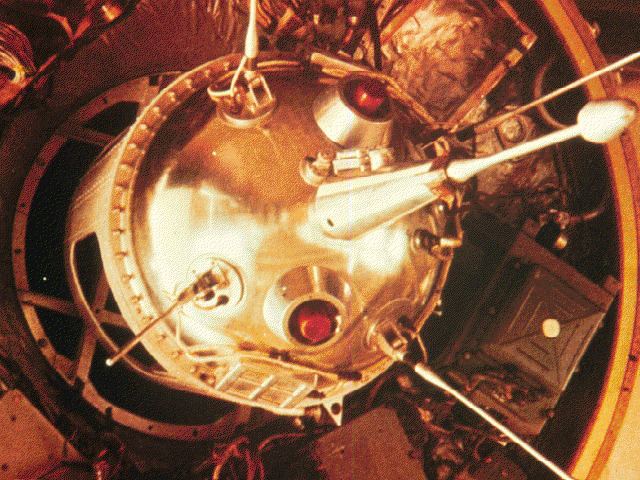 | ||
The Luna programme (from the Russian word Луна "Luna" meaning "Moon"), occasionally called Lunik or Lunnik by western media, was a series of robotic spacecraft missions sent to the Moon by the Soviet Union between 1959 and 1976. Fifteen were successful, each designed as either an orbiter or lander, and accomplished many firsts in space exploration. They also performed many experiments, studying the Moon's chemical composition, gravity, temperature, and radiation.
Contents
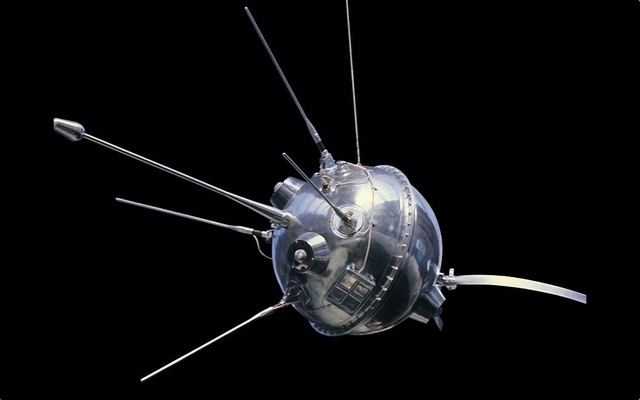
Twenty-four spacecraft were formally given the Luna designation, although more were launched. Those that failed to reach orbit were not publicly acknowledged at the time, and not assigned a Luna number. Those that failed in low Earth orbit were usually given Cosmos designations. The estimated cost of the Luna programme was about $4.5 billion.
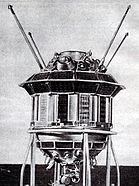
Achievements
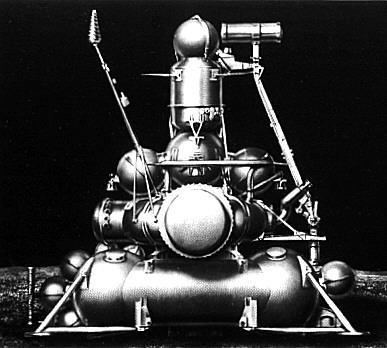
Luna 1 (January 1959) missed its intended impact with the Moon and became the first spacecraft to fall into orbit around the Sun.
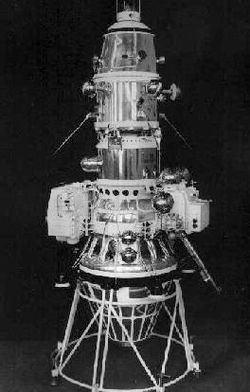
Luna 2 (September 1959) mission successfully hit the Moon's surface, becoming the first man-made object to reach the Moon.
Luna 3 (October 1959) rounded the Moon later that year, and returned the first photographs of its far side, which can never be seen from Earth.
Luna 9 (February 1966) became the first probe to achieve a soft landing on another planetary body. It returned five black and white stereoscopic circular panoramas, which were the first close-up shots of the Lunar surface.
Luna 10 (March 1966) became the first artificial satellite of the Moon.
Luna 17 (November 1970) and Luna 21 (January 1973) carried the Lunokhod vehicles, which roamed around on the Moon's terrain.
Another major achievement of the Luna programme, with Luna 16 (September 1970), Luna 20 (February 1972) and Luna 24 (August 1976), was the ability to collect samples of lunar soil and return them to Earth. The programme returned 0.326 kg of lunar samples. The Luna missions were the first space-exploration sample return missions to rely solely on advanced robotics.
Other notable missions
Luna 15 (July 1969), also designed to return soil samples from the lunar surface, underwent its mission at the same time as the Apollo 11 mission. Neil Armstrong and Buzz Aldrin were already on the lunar surface when Luna 15 began its descent, and the spacecraft crashed into a mountain minutes later.
Failed missions
While the programme was active, it was Soviet practice not to release any details of missions which had failed to achieve orbit. This resulted in Western observers assigning their own designations to the missions, for example Luna E-1 No.1, the first failure of 1958 which NASA believed was associated with the Luna programme was known as Luna 1958A.
NASA identified a spacecraft which it referred to as Luna 1966A as having launched on 30 April 1966, a spacecraft referred to as Luna 1969B as having launched on 15 April 1969, and a spacecraft referred to as Luna 1970B as having launched on 19 February 1970. When details of Soviet launches were later disclosed, no launches of Luna spacecraft were found to have occurred on those dates.
